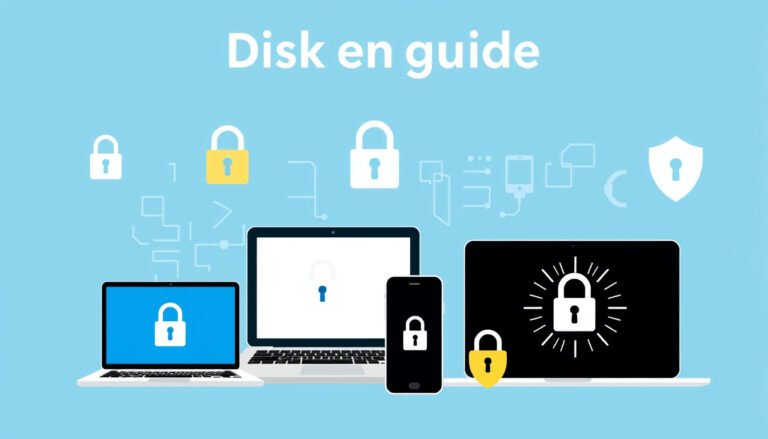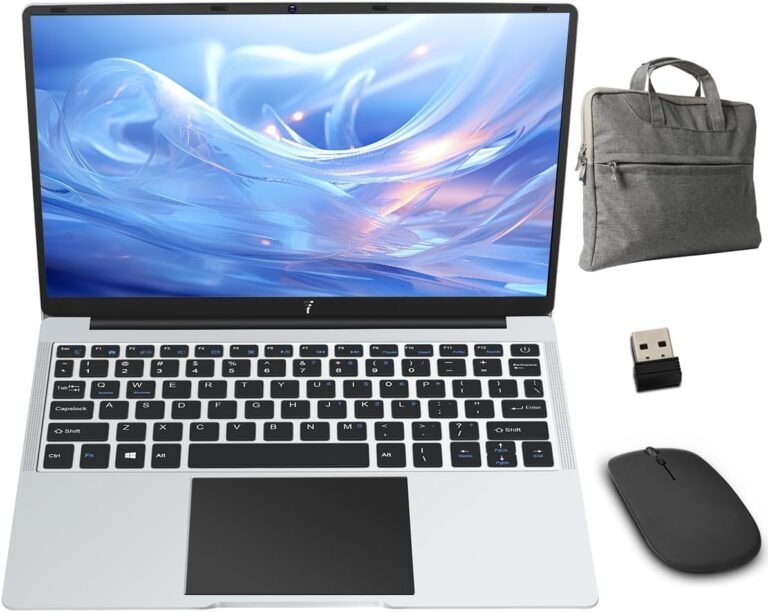
Troubleshooting is a fundamental skill that empowers individuals to diagnose and resolve problems efficiently, whether in computers, technology, or everyday devices. Learning basic troubleshooting not only saves time but enhances confidence in handling unexpected issues. This guide unpacks essential principles and practical steps to help beginners master troubleshooting.

Understanding Troubleshooting: What It Is and Why It Matters
Troubleshooting involves identifying, diagnosing, and resolving problems systematically. It is often a process of trial and error where multiple potential causes are tested until the root issue is found. Effective troubleshooting combines observation, critical thinking, and methodical testing.
The ability to troubleshoot is crucial in today’s tech-centric world. From fixing computer glitches to resolving network outages or household appliance failures, these skills reduce dependence on external support and improve problem-solving independence.
Key Principles of Basic Troubleshooting
1. Stay Calm and Think Logically
When faced with a problem, keeping a clear and calm mind helps in assessing the situation rationally. Panic or frustration can cloud judgment and lead to hasty, ineffective actions.
2. Start at the Physical Layer
Always begin with the most obvious and easiest-to-check causes:
- Are all cables and devices properly connected?
- Is the equipment turned on?
- Are switches and breakers in the correct position?
Simple hardware issues are often the root cause, and checking them first can quickly resolve many problems.
3. Document Your Process
Keep notes of what you’ve checked and the steps taken. Recording error messages, changes made, or unsuccessful attempts helps avoid repeating mistakes and provides useful information if you need to seek assistance.
4. Use the Process of Elimination
List all possible causes and test them individually. By ruling out each potential issue, you narrow down the problem source methodically.
5. Identify Recent Changes
Recognize anything different from when the system was working correctly. New software updates, device installations, or configuration changes often trigger issues.
Common Troubleshooting Steps for Basic Computer Issues
Problem: Computer Won’t Power On
- Check power cords and connections.
- Ensure the power outlet or surge protector is functional.
- For laptops, verify the battery charge and AC adapter connection.
Problem: Application Running Slowly or Frozen
- Close and reopen the application.
- Check for updates or reinstall the application.
- Use system tools (like Task Manager on Windows or Force Quit on Mac) to close unresponsive programs.
- Restart the computer if necessary.
Problem: Slow Overall Performance
- Run antivirus or malware scans.
- Clear out unnecessary files or uninstall unused programs to free up disk space.
- Defragment the hard drive (for Windows PCs).
Problem: Sound Not Working
- Check volume controls on both the system and media players.
- Verify speaker or headphone connections.
- Test with headphones to isolate the issue.
Problem: Input Devices Not Working (Mouse or Keyboard)
- Confirm wired devices are securely plugged in.
- Check battery life and power switches for wireless devices.
Applying Troubleshooting Beyond Computers
Troubleshooting is not limited to technology. For example, in troubleshooting electrical or mechanical problems at home:
- Check breakers and switches before assuming complex wiring faults.
- Inspect physical connections carefully; a loose panel or switch can prevent devices from operating.
- Don’t skip simple checks before calling professional help.
The essence is similar: start with basics, gather information, hypothesize, and test solutions.
Tips for Learning and Improving Troubleshooting Skills
- Practice regularly: The more problems you solve, the more intuitive troubleshooting becomes.
- Learn from others: Forums, IT communities, and subreddits (like r/ITCareerQuestions) offer valuable advice and real-world scenarios.
- Study fundamentals: Understanding how hardware and software work helps in diagnosing issues.
- Be patient and persistent: Some problems are elusive and require multiple attempts and creative thinking.
- Develop communication skills: Explaining problems and solutions clearly can improve help-seeking and teamwork.
Conclusion
Basic troubleshooting is a vital skill blending patience, logical thinking, and methodical testing. Starting at the simplest level, documenting your actions, and eliminating potential causes step-by-step guide you towards effective problem resolution. Whether fixing a frozen application or a household appliance, mastering troubleshooting improves your technical confidence and independence. Embrace this skill with a calm, methodical approach, and watch problems become manageable challenges rather than obstacles.
By following this beginner’s guide to basic troubleshooting, you build a solid foundation in problem-solving applicable across many areas of daily and professional life.









